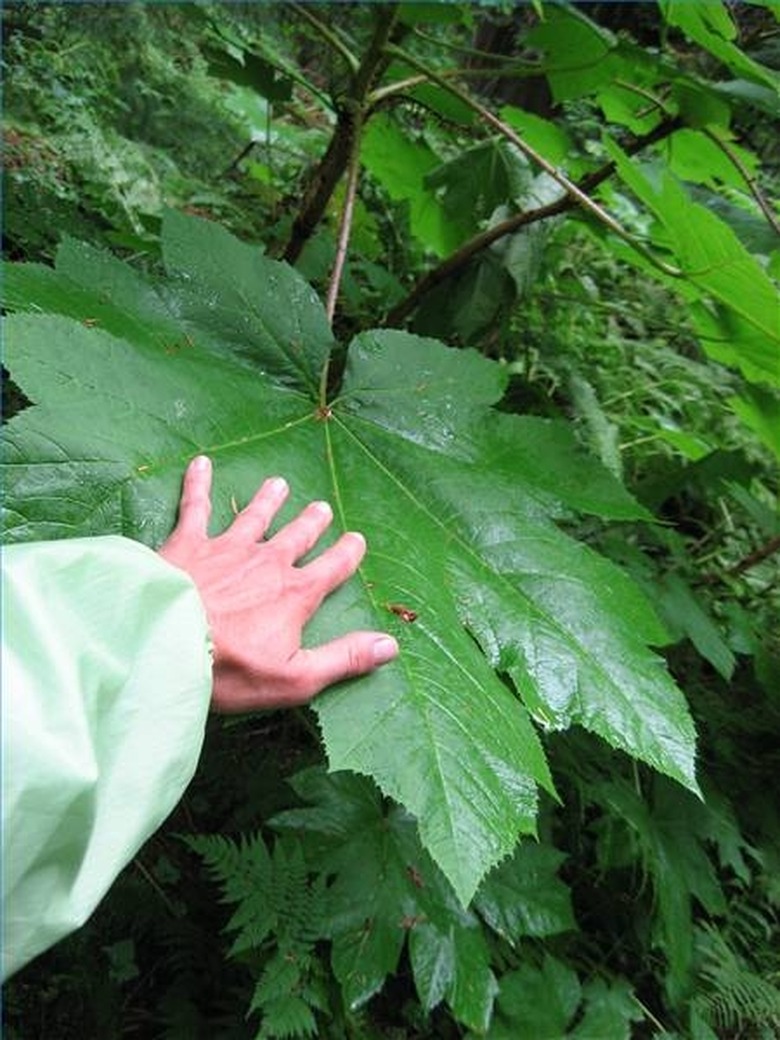How Do Living Things Use Energy?
From the smallest, single-celled organism to the biggest and most complex mammals–including people–all living things require energy for life. It's easy enough to understand that we and other animals eat. Things get a little more puzzling when we think about fungi, which absorb their food as organic molecules, from the surrounding environment. Where do those molecules come from? Furthermore, where does the food come from that we humans convert to energy? At the most basic level, all energy traces back to plants. Plants are the basis of all the world's food systems, and their unique ability to make organic materials from sunlight–called photosynthesis–is what sustains nearly every other life form on the planet.
The powerhouse of energy production in all plants is called a chloroplast. More than a million of these handy devices occur in every quarter-inch of a leaf. They contain the pigment called chlorophyll that makes most leaves green–and drives photosynthesis. The reaction isn't all that complicated, as far as chemical reactions go. The chloroplasts take in carbon dioxide, sunlight and water. They release oxygen and a bit less water than they took in. The conversion of carbon dioxide to oxygen is one life-sustaining function that plants perform for Earth and all of its life. But plants do something equally as important when they keep a third product behind: glucose, the sugar that sustains the plants—and anything, in turn, that eats the plants.
In cellular respiration, glucose is broken down by the removal of its hydrogen atoms. That process releases energy in the form of electrons, negatively charged particles that fuel all of a cell's other work in later reactions. So, plants make the glucose and everything down the line—from plant-eaters to the carnivores that eat them—break the glucose down again, and use its energy. That's the simple story. Of course, life is rarely so simple, and there are exceptions to every rule. Every so often, a new discovery comes along about living things that use a non-living substance other than sunlight to make energy–like ammonia, or even sulfur. These less-common organisms can harness electrons from chemical sources instead of the sun. More amazing life forms have the potential to be discovered at any time, anywhere on our planet—or beyond.
Cite This Article
MLA
Minard, Anne. "How Do Living Things Use Energy?" sciencing.com, https://www.sciencing.com/living-things-use-energy-4573964/. 24 April 2017.
APA
Minard, Anne. (2017, April 24). How Do Living Things Use Energy?. sciencing.com. Retrieved from https://www.sciencing.com/living-things-use-energy-4573964/
Chicago
Minard, Anne. How Do Living Things Use Energy? last modified August 30, 2022. https://www.sciencing.com/living-things-use-energy-4573964/
